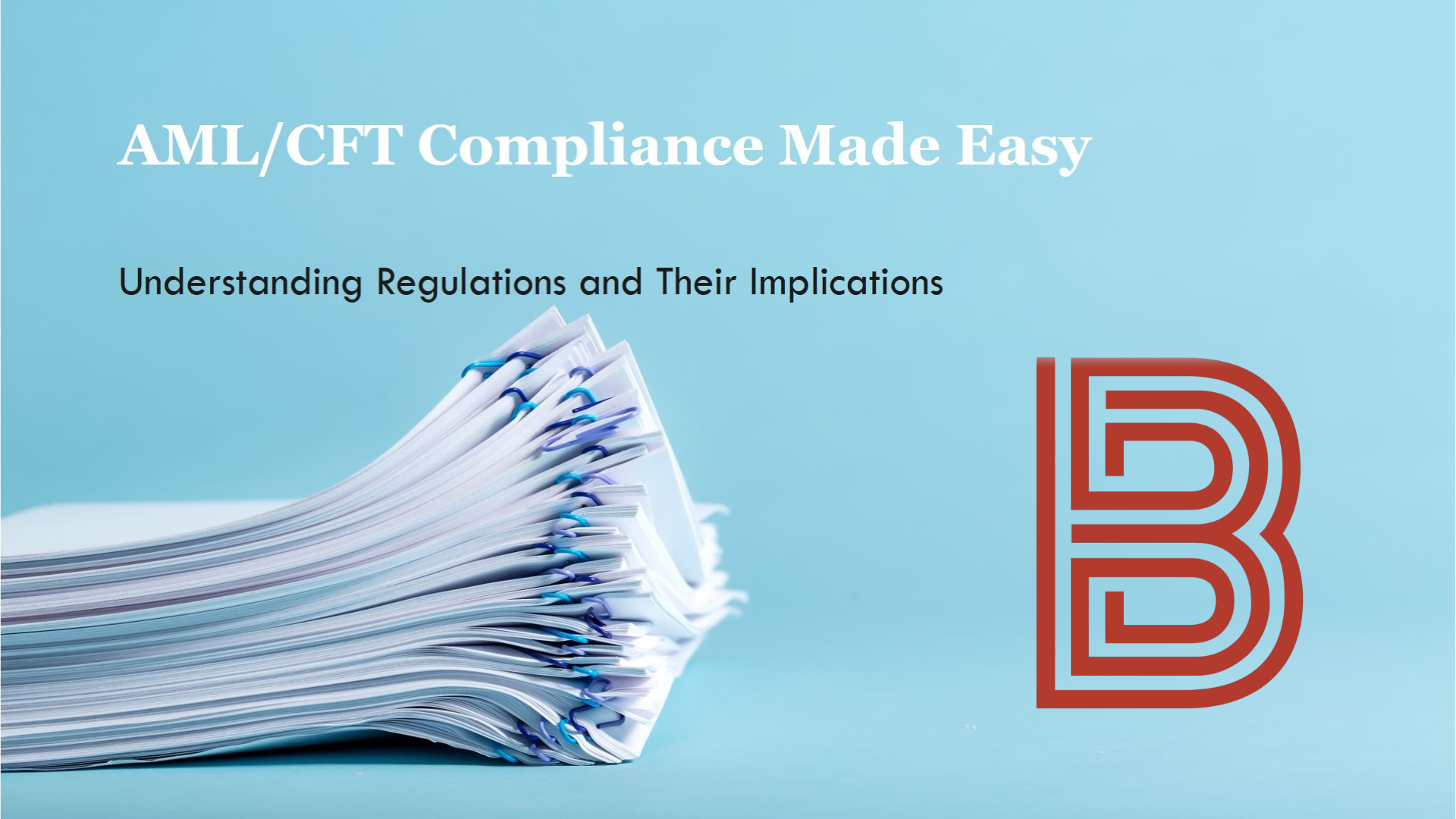
Anti-Money Laundering (AML) and Countering the Financing of Terrorism (CFT) regulations play a crucial role in maintaining the integrity of financial systems worldwide. These regulations are designed to prevent financial crimes, including money laundering, terrorist financing, and other illicit activities, by ensuring that institutions identify, assess, and mitigate associated risks. Compliance with AML/CFT regulations is not only a legal requirement but also a critical element in fostering trust and transparency in financial systems.
The Importance of AML/CFT Regulations
The primary objective of AML/CFT regulations is to detect and deter financial crimes that can undermine economic stability and security. Money laundering involves disguising the origins of illegally obtained funds, making them appear legitimate. Similarly, terrorist financing refers to providing financial support to terrorist organizations or activities. Both activities can have devastating impacts on global security, economies, and societies.
AML/CFT frameworks help combat these threats by requiring financial institutions and other regulated entities to adopt robust systems for monitoring and reporting suspicious activities. These frameworks are typically guided by international standards set by organizations such as the Financial Action Task Force (FATF), which provides recommendations that serve as a blueprint for national AML/CFT legislation.
Key Components of AML/CFT Compliance
Customer Due Diligence (CDD):
Financial institutions must perform thorough checks on their customers to verify their identity and assess the risk they pose. This includes obtaining personal information, understanding the nature of the customer’s business, and monitoring transactions for any unusual patterns.
Suspicious Transaction Reporting (STR):
Institutions are required to report any transactions that appear suspicious to the relevant authorities. These reports help law enforcement agencies investigate and prosecute financial crimes.
Risk Assessment and Management:
Organizations must regularly assess the risks associated with money laundering and terrorist financing. This involves evaluating factors such as geographic risks, customer profiles, and transaction types to implement appropriate risk mitigation measures.
Record Keeping:
AML/CFT regulations mandate that institutions maintain detailed records of transactions, customer information, and reports for a specified period. This helps in audits, investigations, and ensuring accountability.
Training and Awareness:
Regular training for employees is essential to ensure they understand AML/CFT obligations, recognize red flags, and know the procedures for reporting suspicious activities.
Independent Audits:
Periodic independent audits are crucial for evaluating the effectiveness of an institution’s AML/CFT framework. These audits help identify weaknesses and ensure continuous improvement.
Challenges in AML/CFT Compliance
Despite the comprehensive frameworks, compliance with AML/CFT regulations poses several challenges. These include:
Evolving Threats:
Financial criminals constantly adapt their methods to exploit new technologies and loopholes, making it difficult for institutions to stay ahead.
Complex Regulations:
The regulatory environment can be complex and vary significantly across jurisdictions, requiring organizations to navigate and comply with multiple regulatory regimes.
High Compliance Costs:
Implementing robust AML/CFT measures involves significant investment in technology, personnel, and training, which can be burdensome, especially for smaller institutions.
Data Privacy Concerns:
Sharing information with authorities while ensuring customer privacy and data protection adds another layer of complexity.
The Role of Technology in Enhancing Compliance
Advancements in technology have greatly enhanced AML/CFT compliance efforts. Tools such as artificial intelligence (AI) and machine learning are used to analyze vast amounts of data and detect suspicious patterns more effectively. Blockchain technology offers transparency and immutability, making it easier to trace transactions and combat financial crimes.
Summary
AML/CFT regulations are essential in safeguarding the financial system from the risks posed by money laundering and terrorist financing. Compliance with these regulations not only helps institutions avoid legal and reputational risks but also contributes to global security and economic stability. While challenges remain, continuous advancements in technology and international cooperation are crucial in enhancing the effectiveness of AML/CFT frameworks. Financial institutions must remain vigilant, proactive, and adaptable to ensure compliance and combat evolving financial crime threats.




















